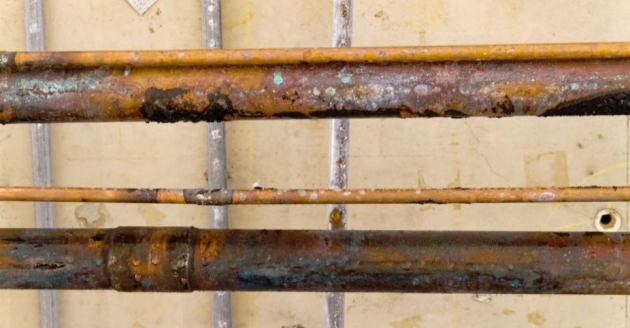With more than 30 years’ experience in the residential and commercial water treatment space, Mark Nelson is a Class 1 Drinking-Water Operator and a CBWA (Canadian Bottled Water Association) Certified Plant Operator. As founder and president of Nelson Water in Ottawa, Mark focuses on dealing with challenging water treatment system designs for problem water. He also heads the largest water bottling plant in the city of Ottawa with a delivery network throughout the Valley.
We all need access to clean and safe water for drinking, cooking and other tasks in our homes. Recently, there have been a number of concerning reports about cases of lead found in domestic water supplies. Excessive quantities of lead can pose a number of serious health issues, and this risk should be taken very seriously. Let’s take a closer look at lead contamination in drinking water supplies and how it can be safely removed.
The Dangers of Lead Exposure
Exposure to lead is a serious threat, and lead contamination has been linked to a number of health issues, such as a reduced IQ level, behavioral problems, impaired brain development, attention disorders and a detrimental effect on physical development. These issues can be especially dangerous for babies, children and older people. If there is lead in your drinking water, removing it should be a top priority. Consuming lead over a prolonged period of time can be very harmful to health, and expectant mothers could be exposing their unborn children to potential birth defects in vitro.
How Does Lead Get in the Water Supply?
Lead is a naturally occurring element that is common in the earth’s crust, and it can be found in our soil, water, and even air. In the past, the health risks associated with lead exposure were not understood, and lead was used in many products, such as pipes, batteries, paint, ceramics and even certain cosmetic items. So, the potential for lead exposure is now much higher in the developed world than it would be in a more natural environment.
The main concerns regarding lead contamination in water supplies would be older lead pipes used in plumbing and older flaking lead paint. We now use plastic or copper plumbing pipes to carry our water, but some areas still have some lead infrastructure in place. Flaked lead paint can be washed away in the rain to enter the waterways; water is a very effective solvent that can dissolve many materials, including lead paint flakes.
How Can Lead be Removed?
The best way to remove up to 98% of the lead in your water supply is to install an RO (reverse osmosis) water filtration system. An RO water treatment system is a cost effective method that uses water pressure to force the water supply through a series of filters. This method will filter out impurities, such as lead, total dissolved solids (TDS), chlorine, nitrates, nickel, arsenic and many others. All of these impurities are trapped in a very fine membrane filter and then flushed away leaving behind clean water that tastes delicious.
A local water treatment professional will be able to offer more advice on RO filtration systems and their suitability for your home. A whole house system will provide cleaner water to every faucet in your home, so you can enjoy cleaner water for bathing, laundry and cleaning tasks. This will protect you and your family from potential lead poisoning and many other health issues.

